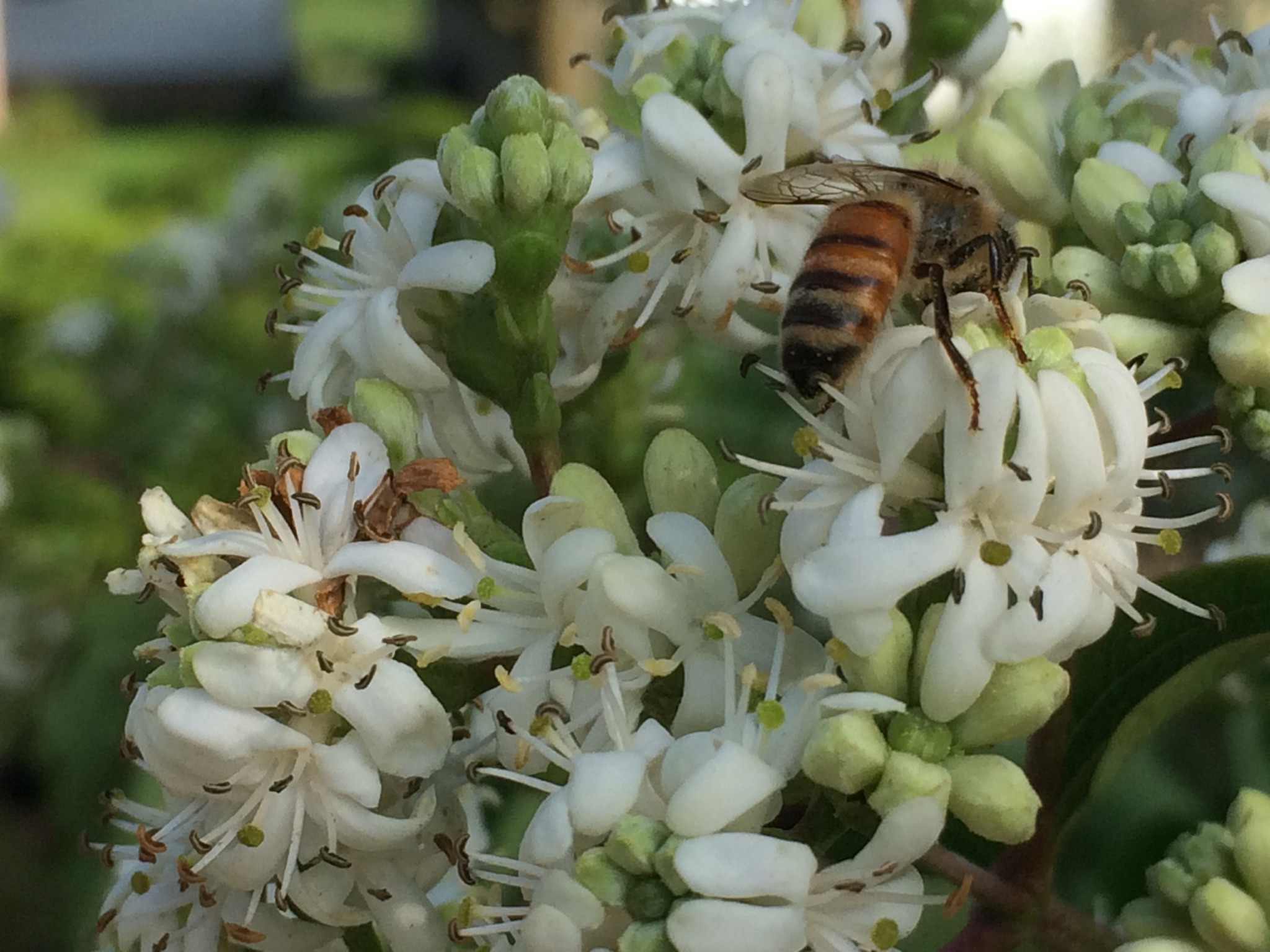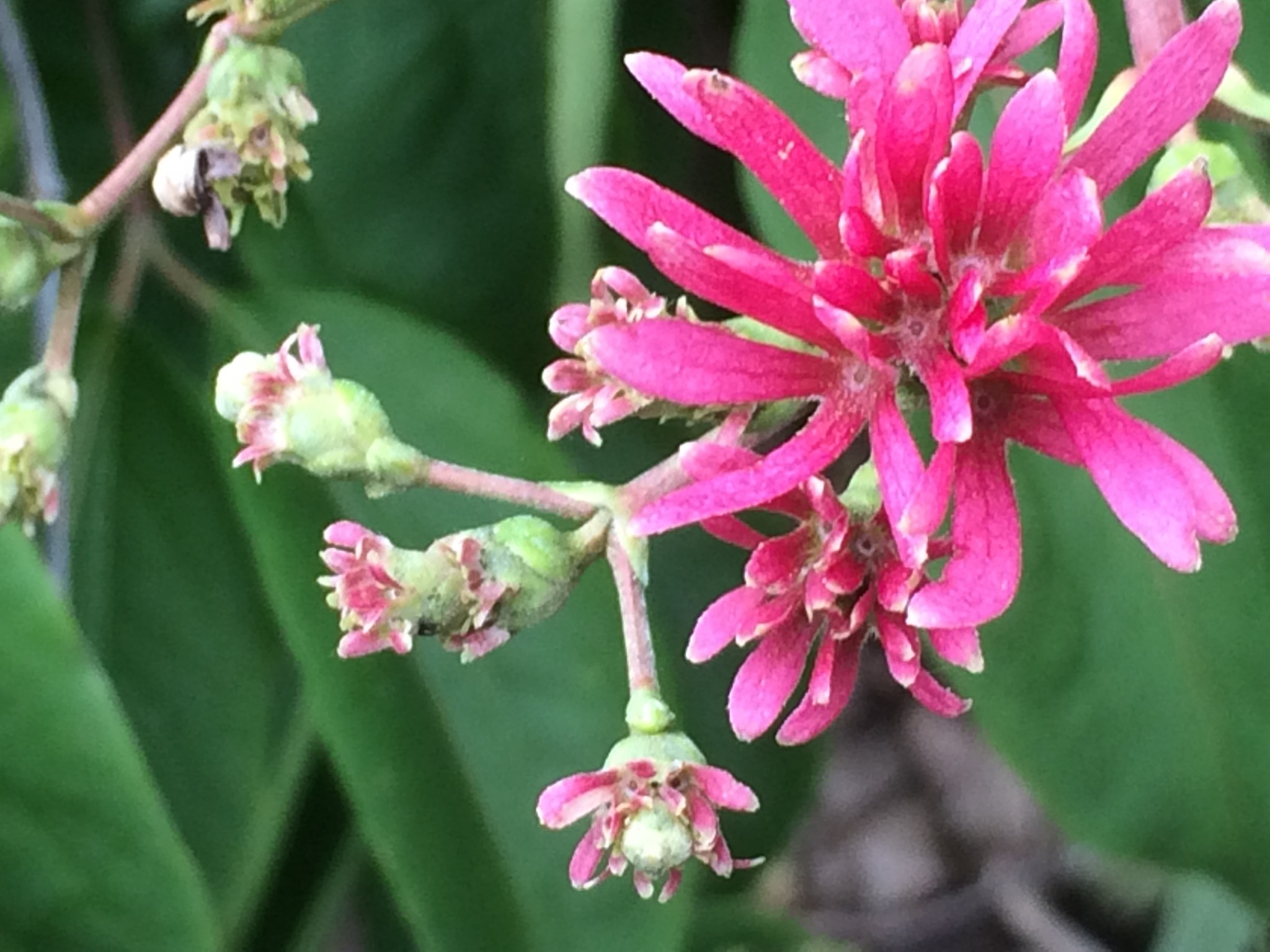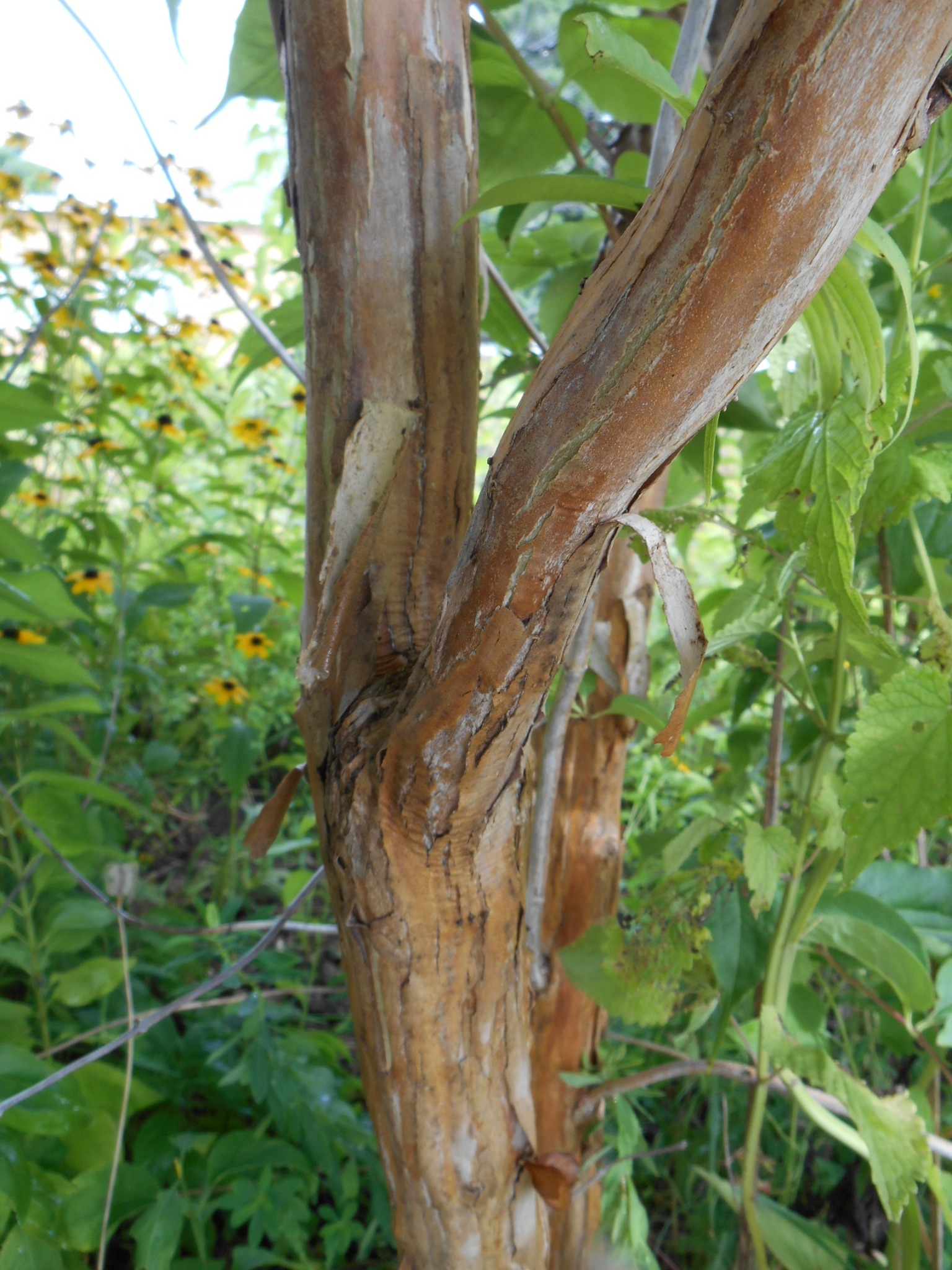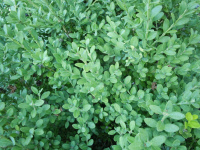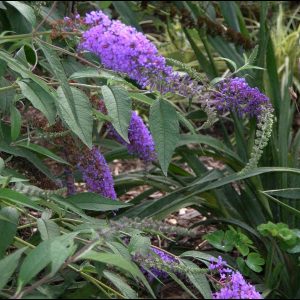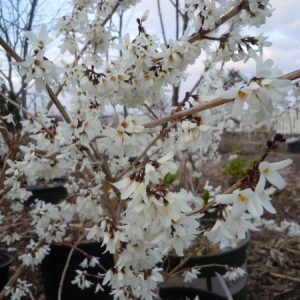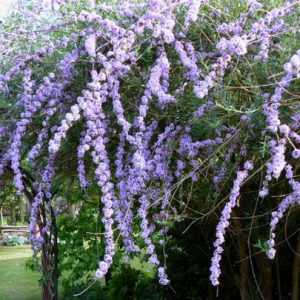Description
Fragrant white flowers August–September then in October clusters of burgundy-red calyces surround the fruit capsules as showy as the flowers on this large shrub or small tree. Ornamental tan and red-brown peeling bark and glossy heart-shaped leaves. “Avant Gardener” newsletter September 2011, calls it the “two-bloom tree,” saying, “more and more praise is being lavished on a rare late-flowering shrub/tree … even more showy (than the panicles of fragrant white flowers) is its ‘second bloom’, consisting of red-purple calyxes which remain after the flowers fall…well into October.”


